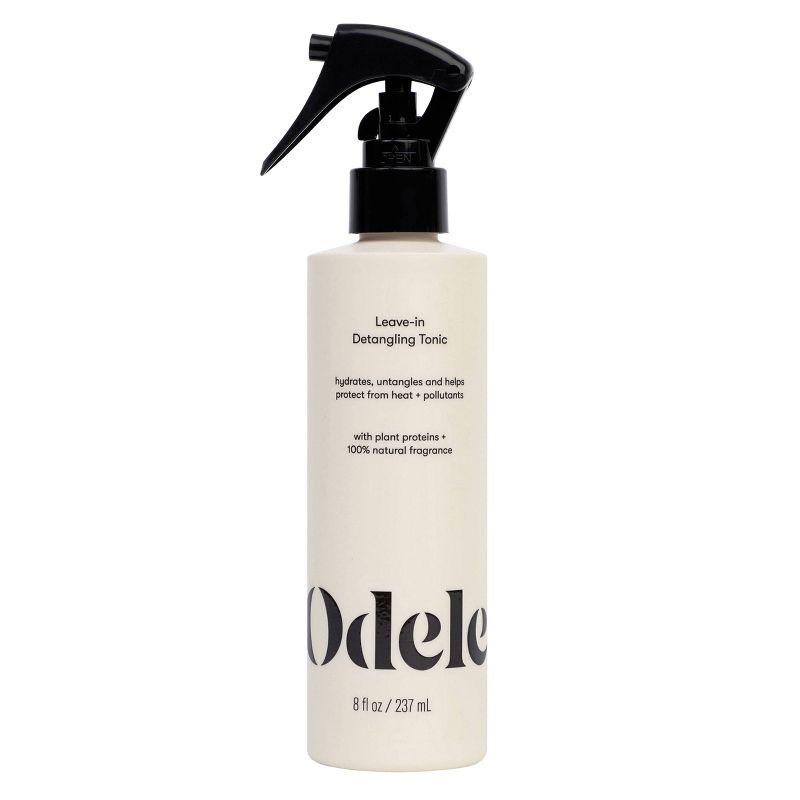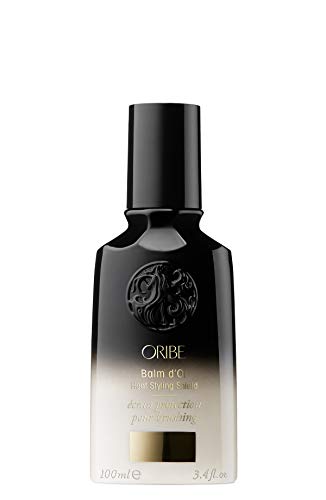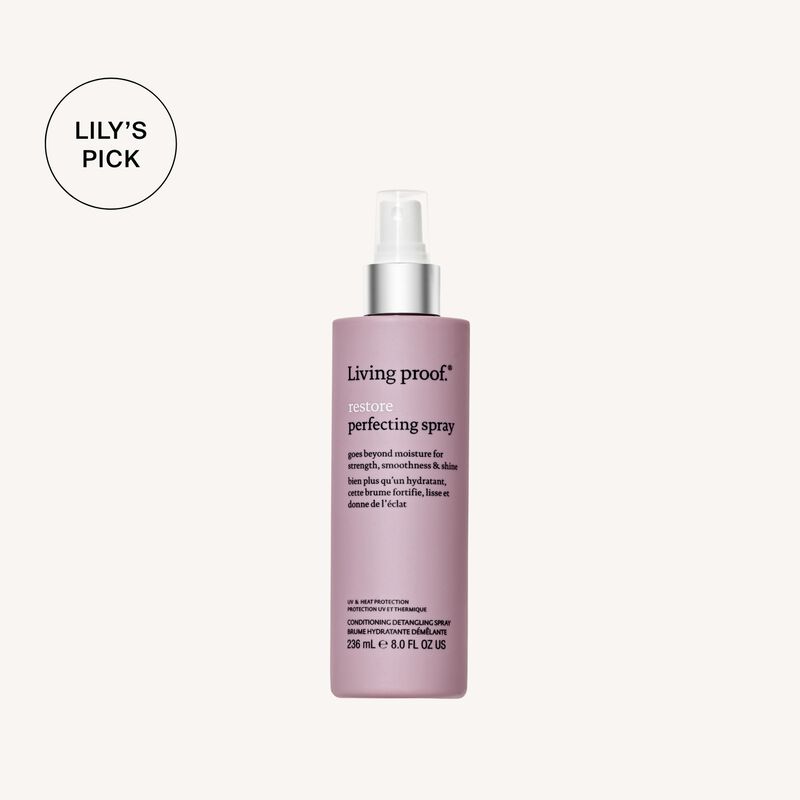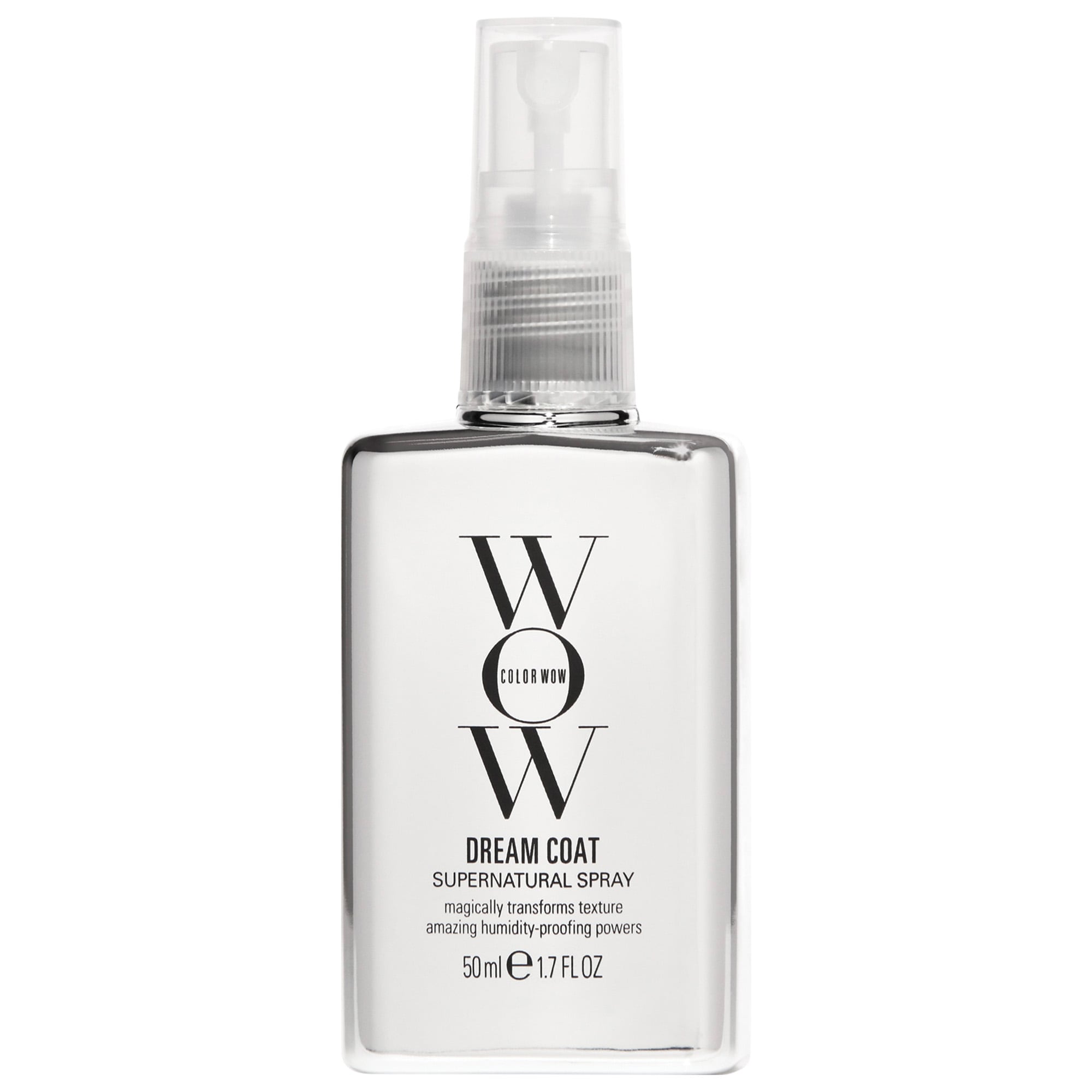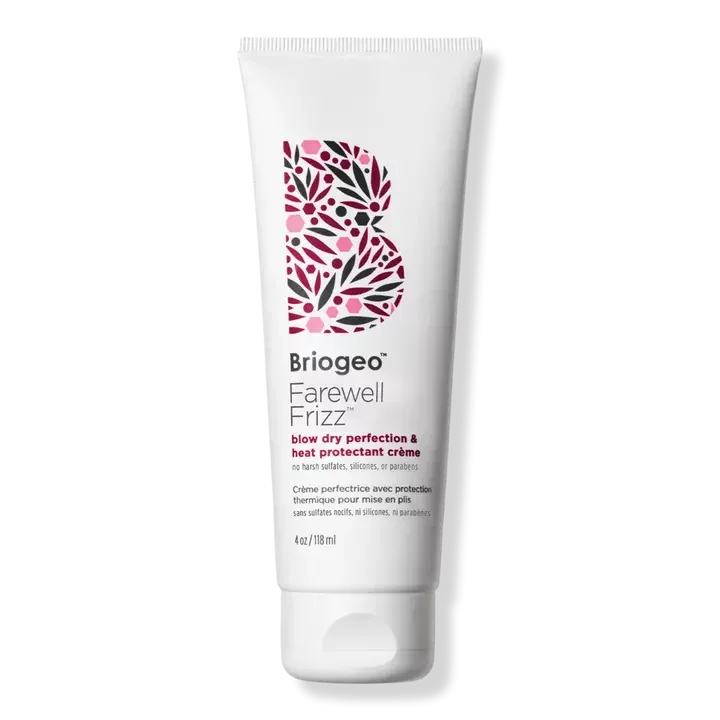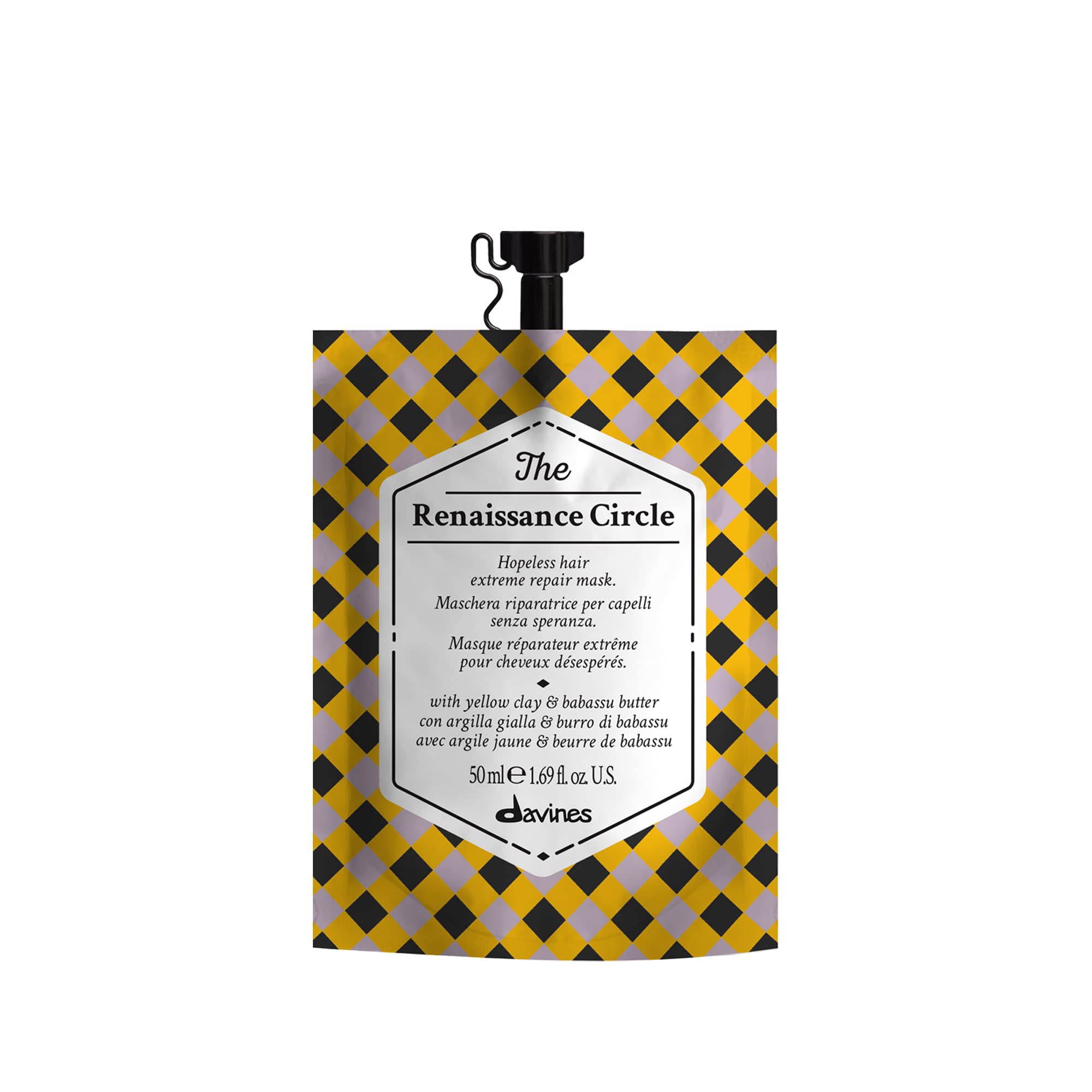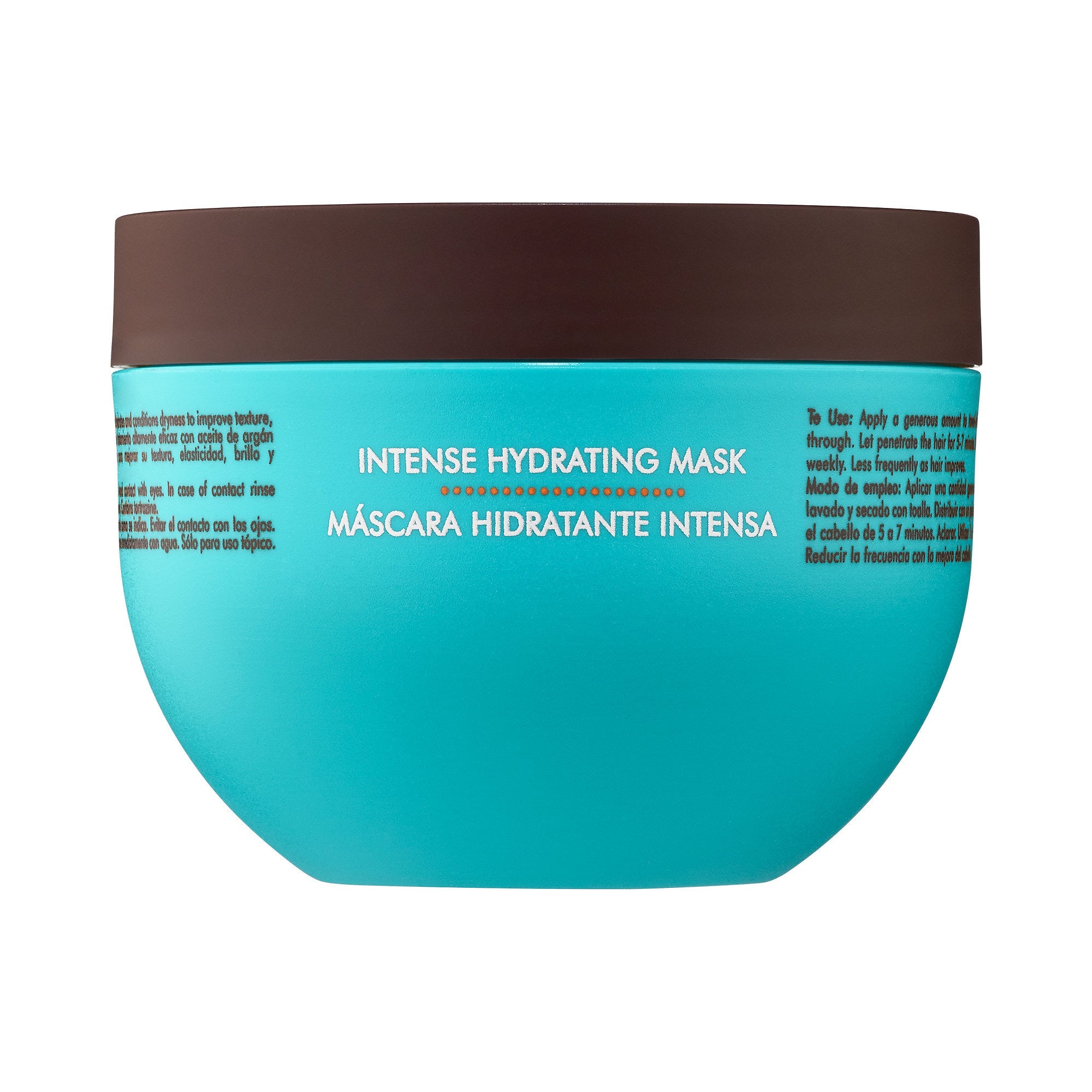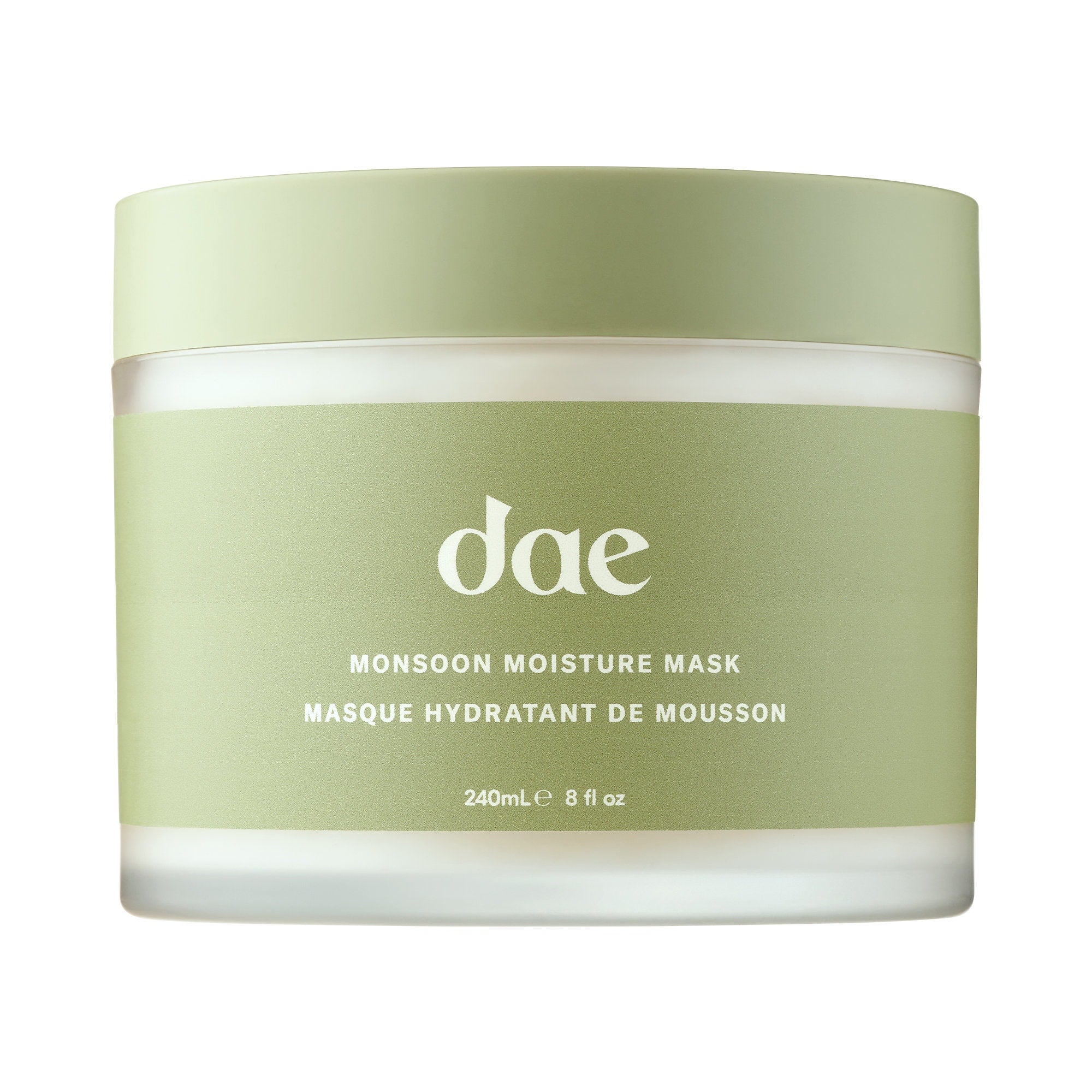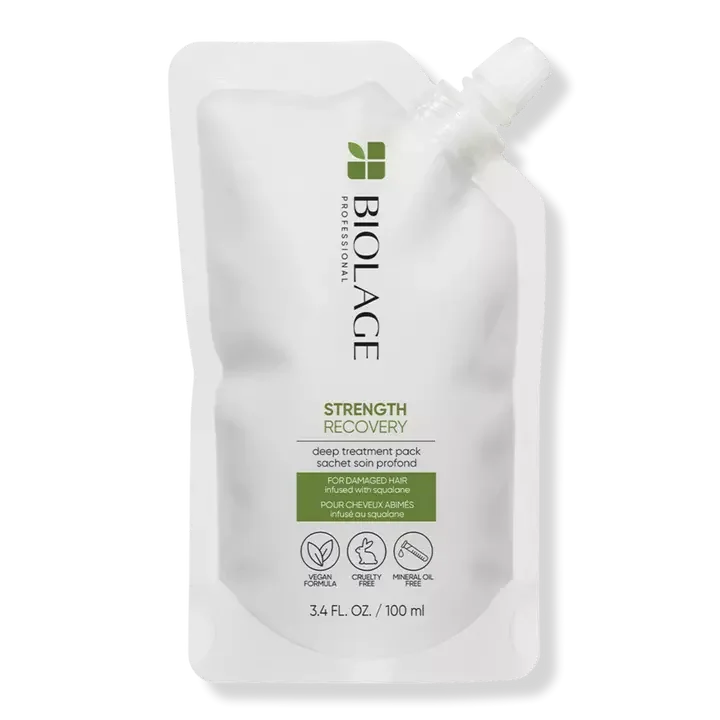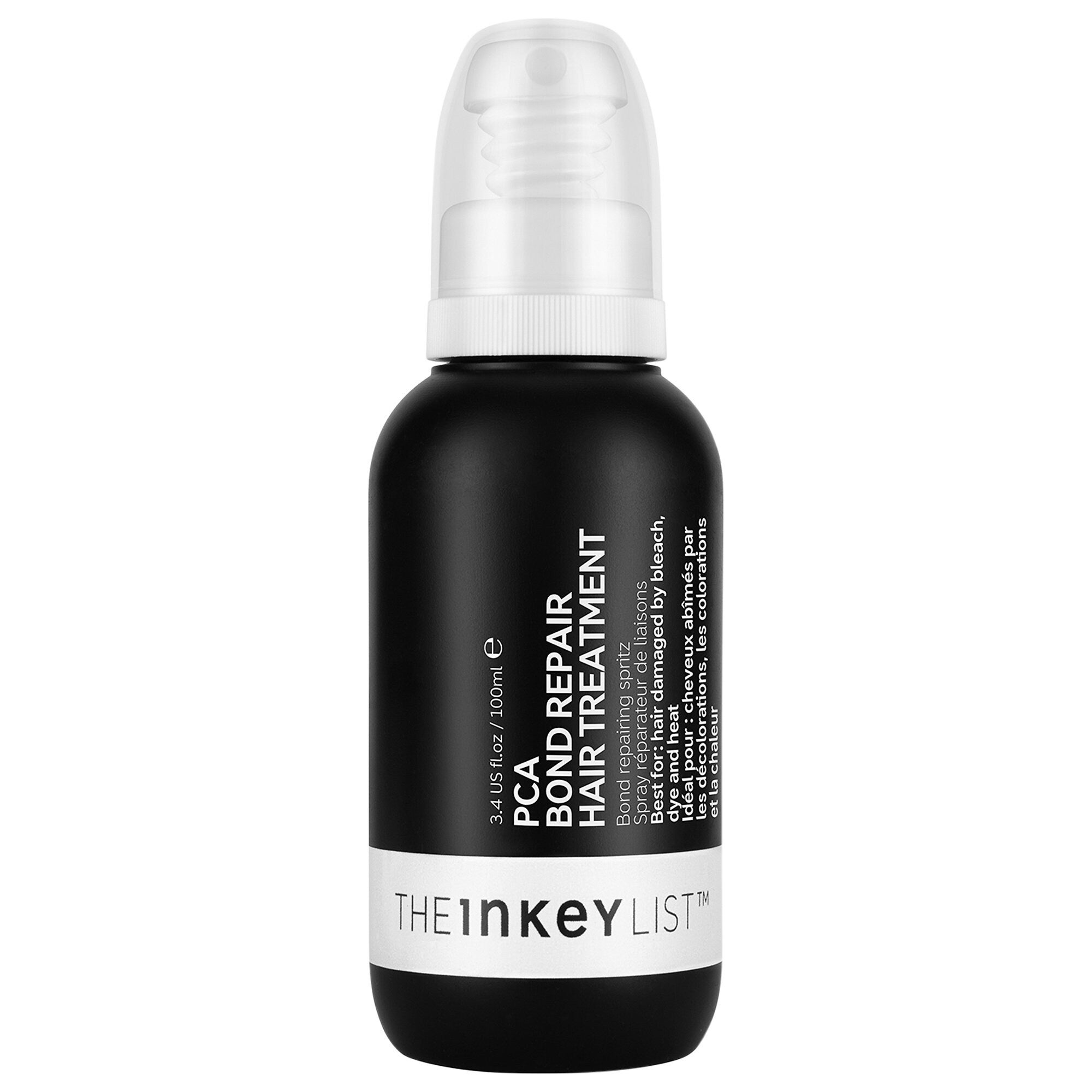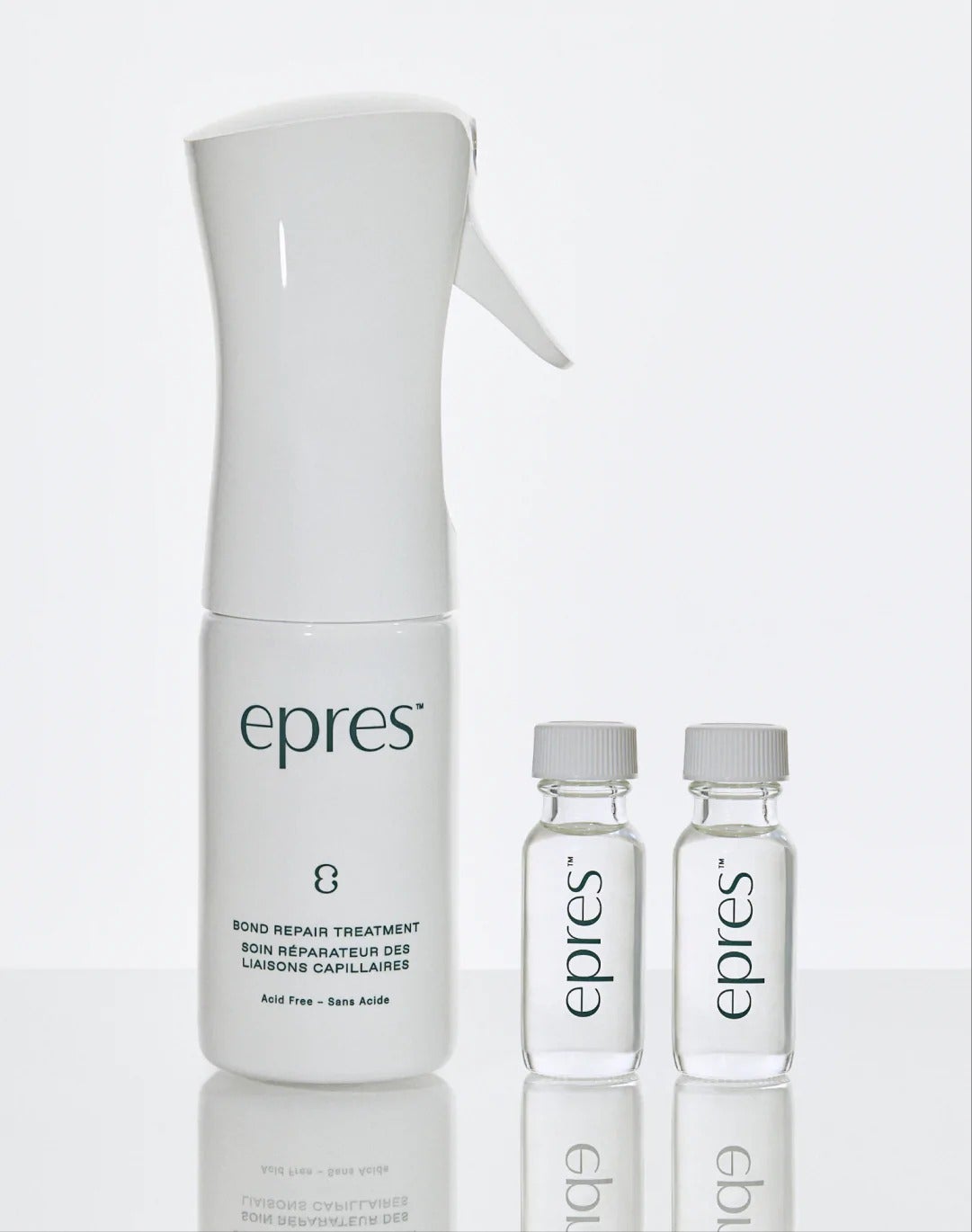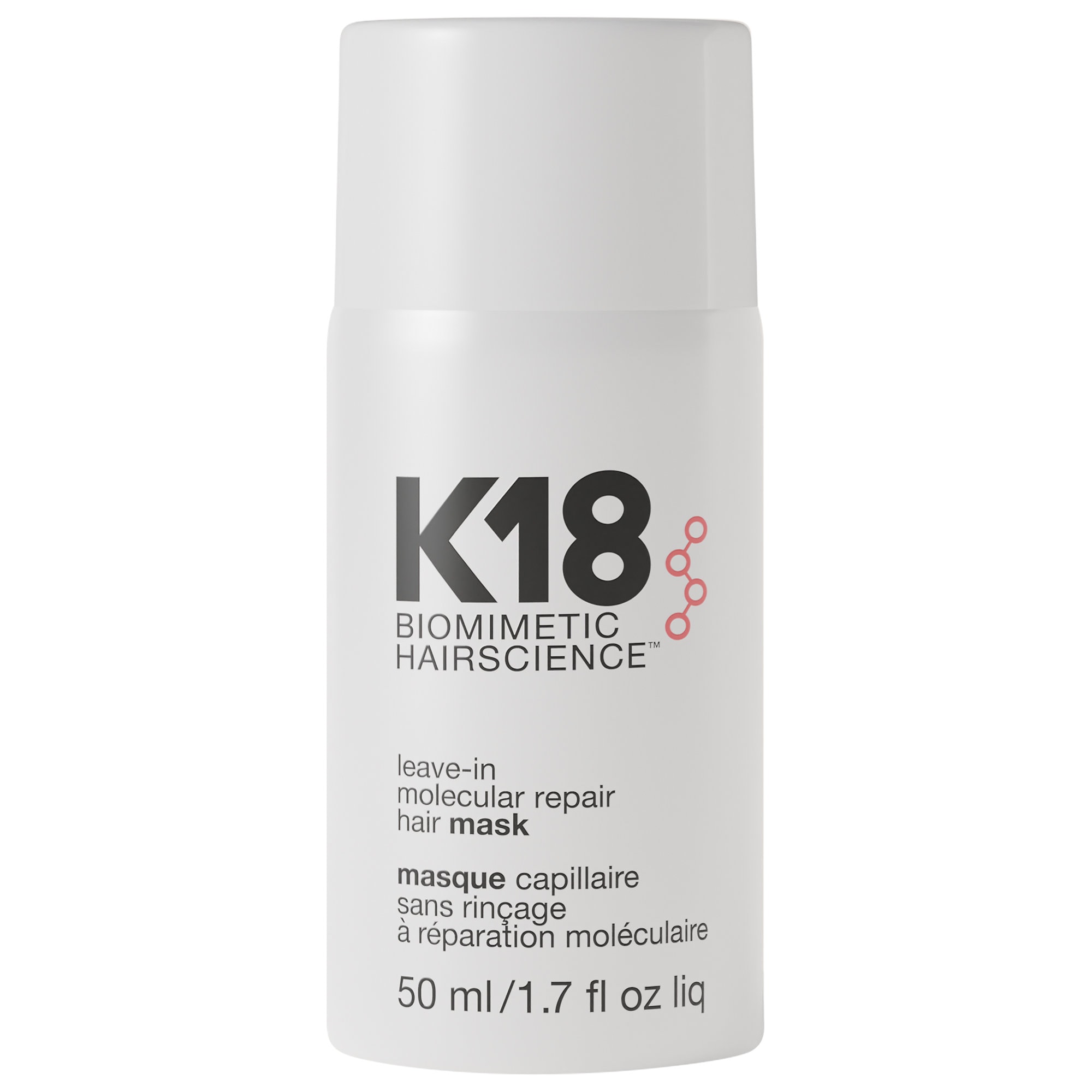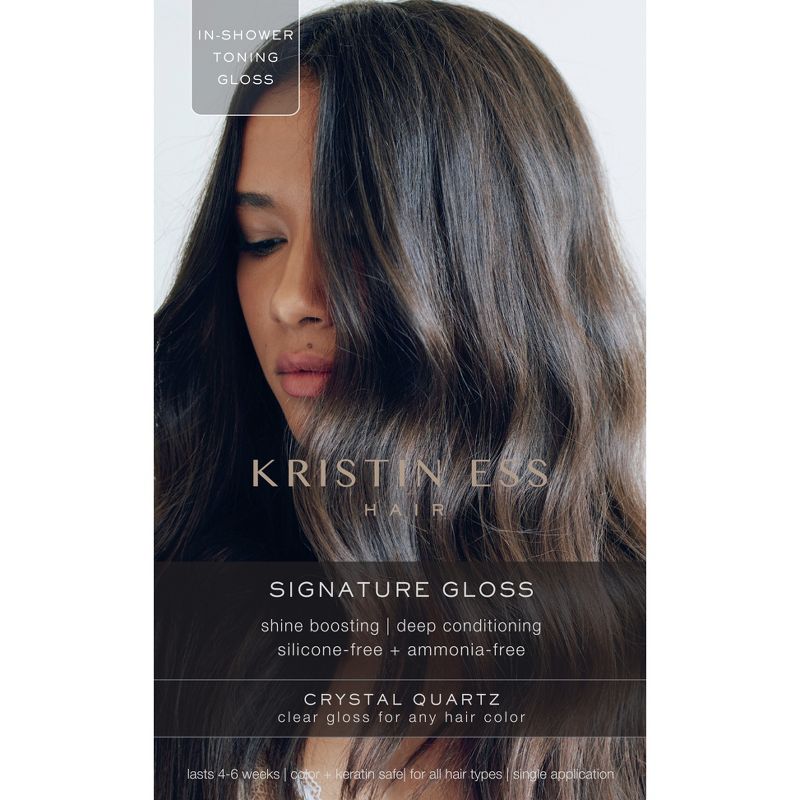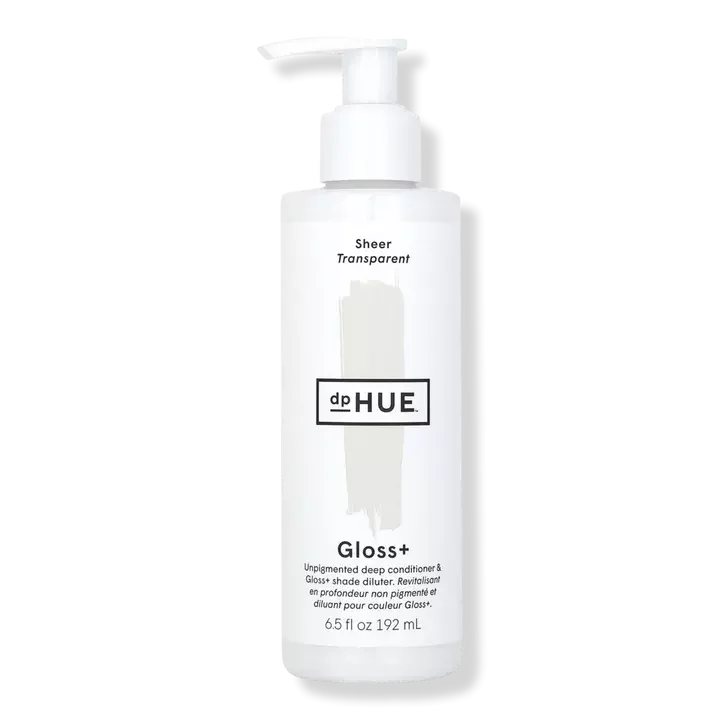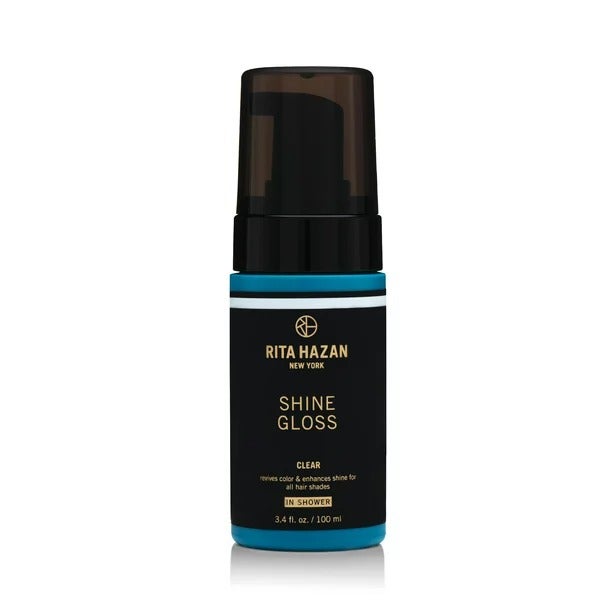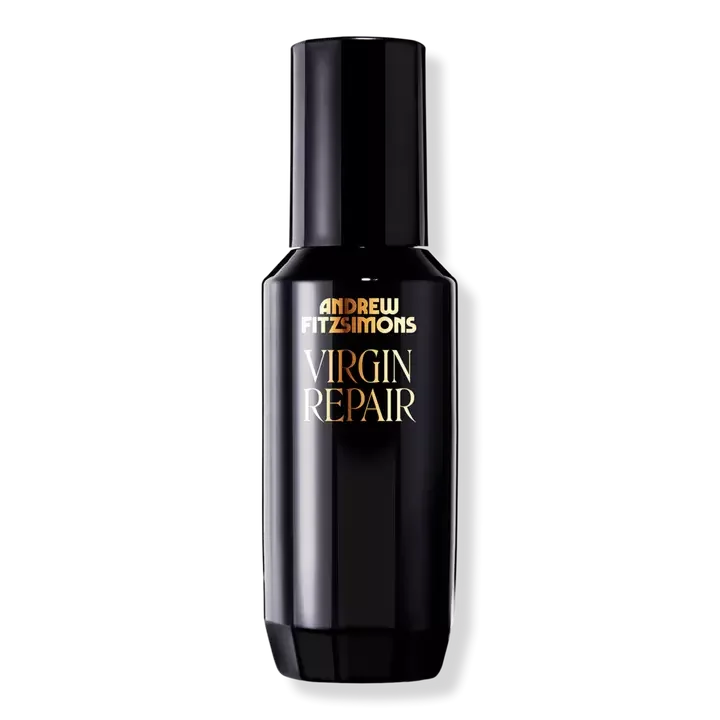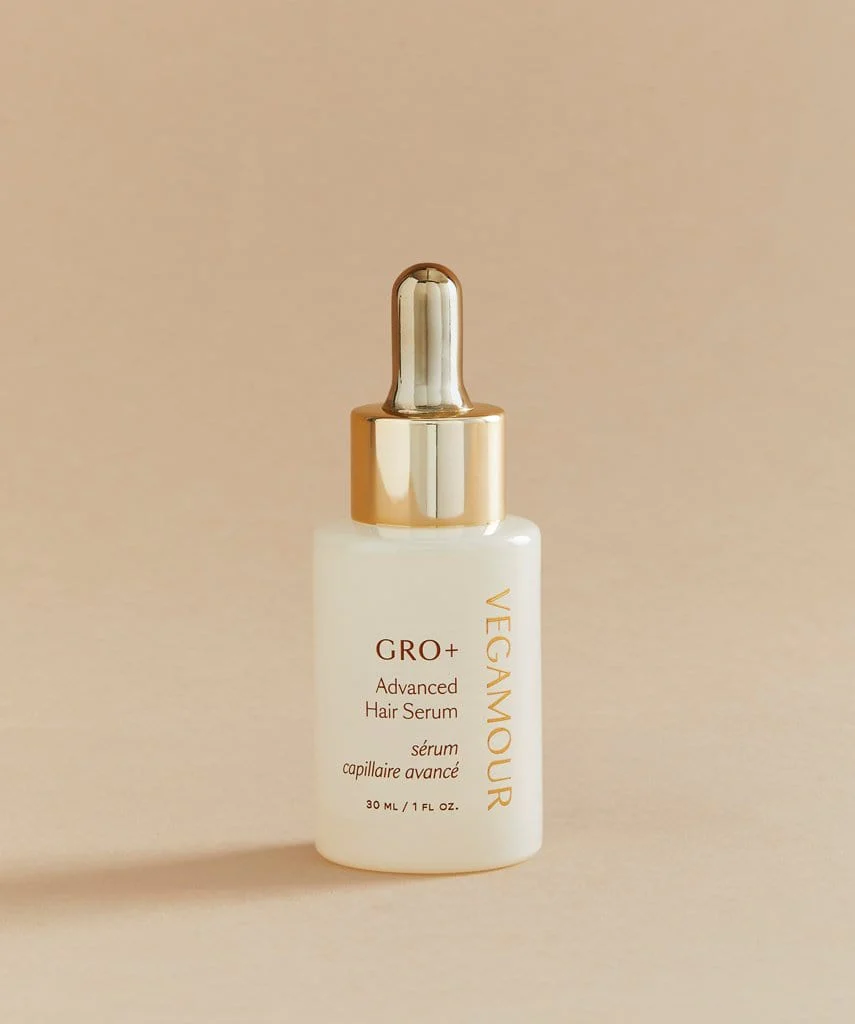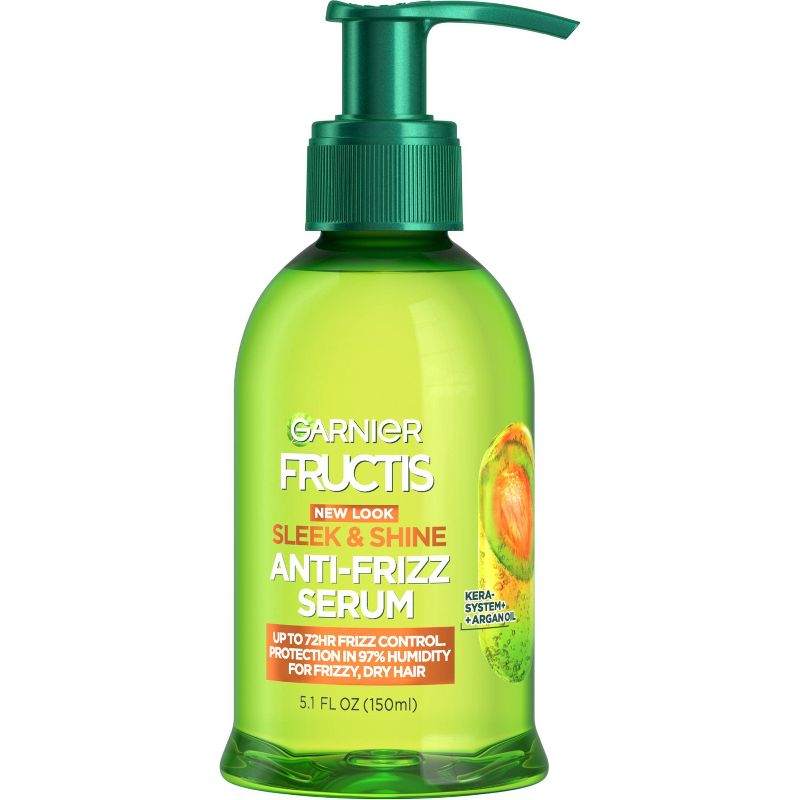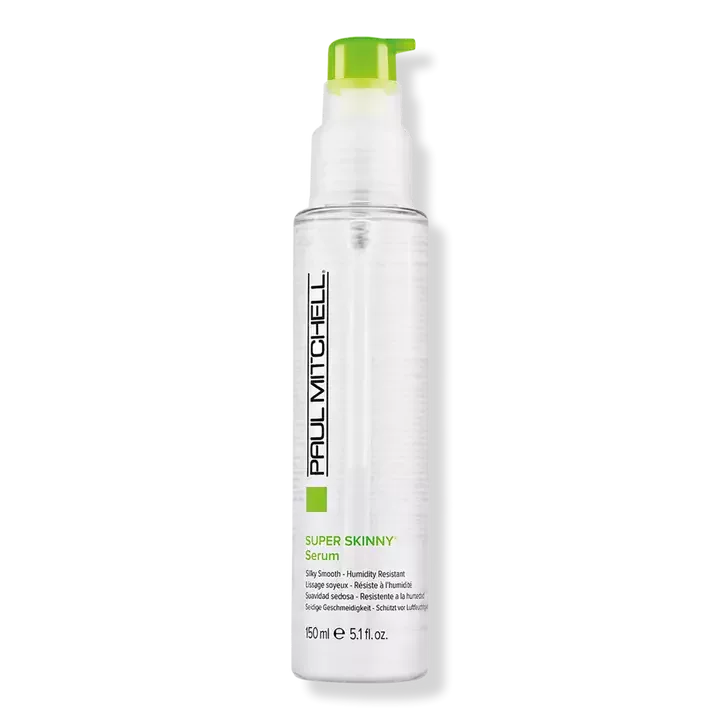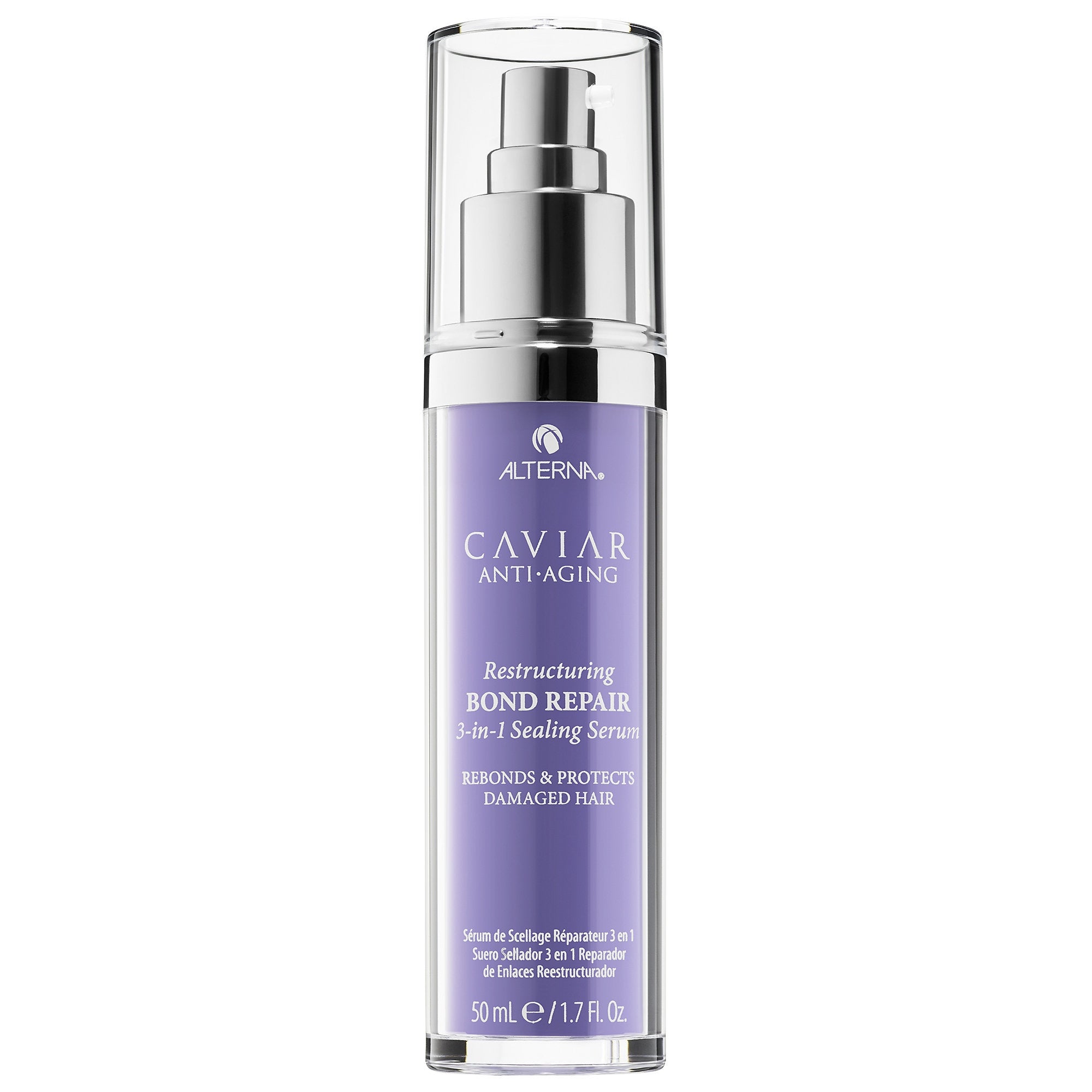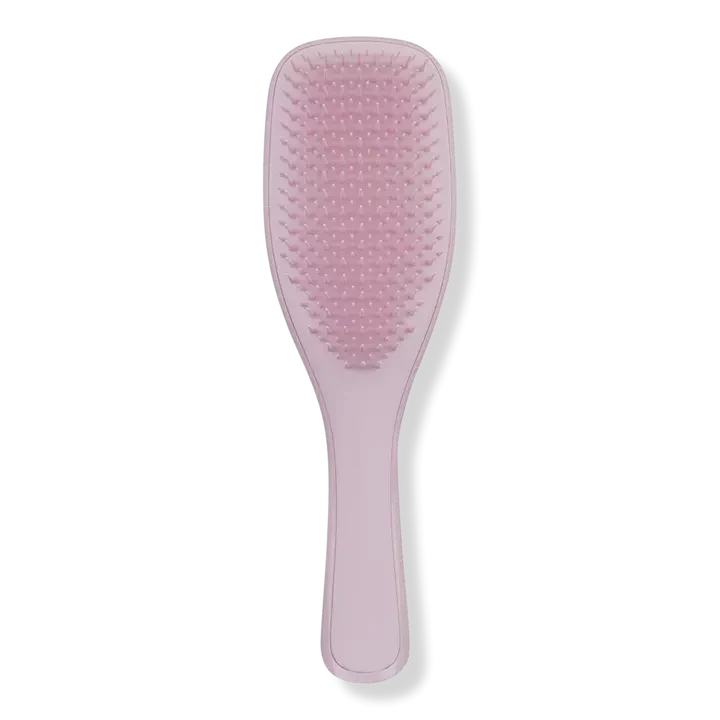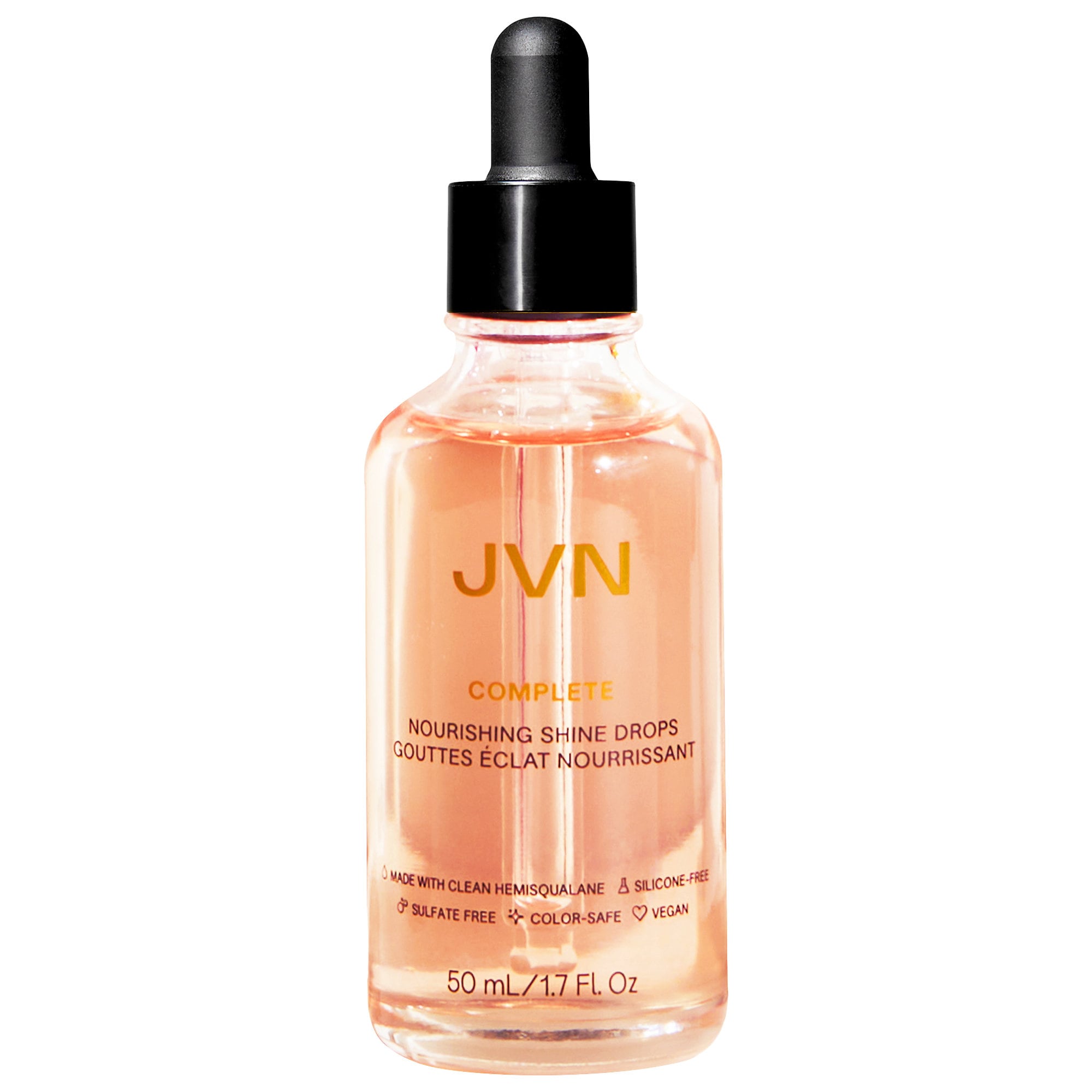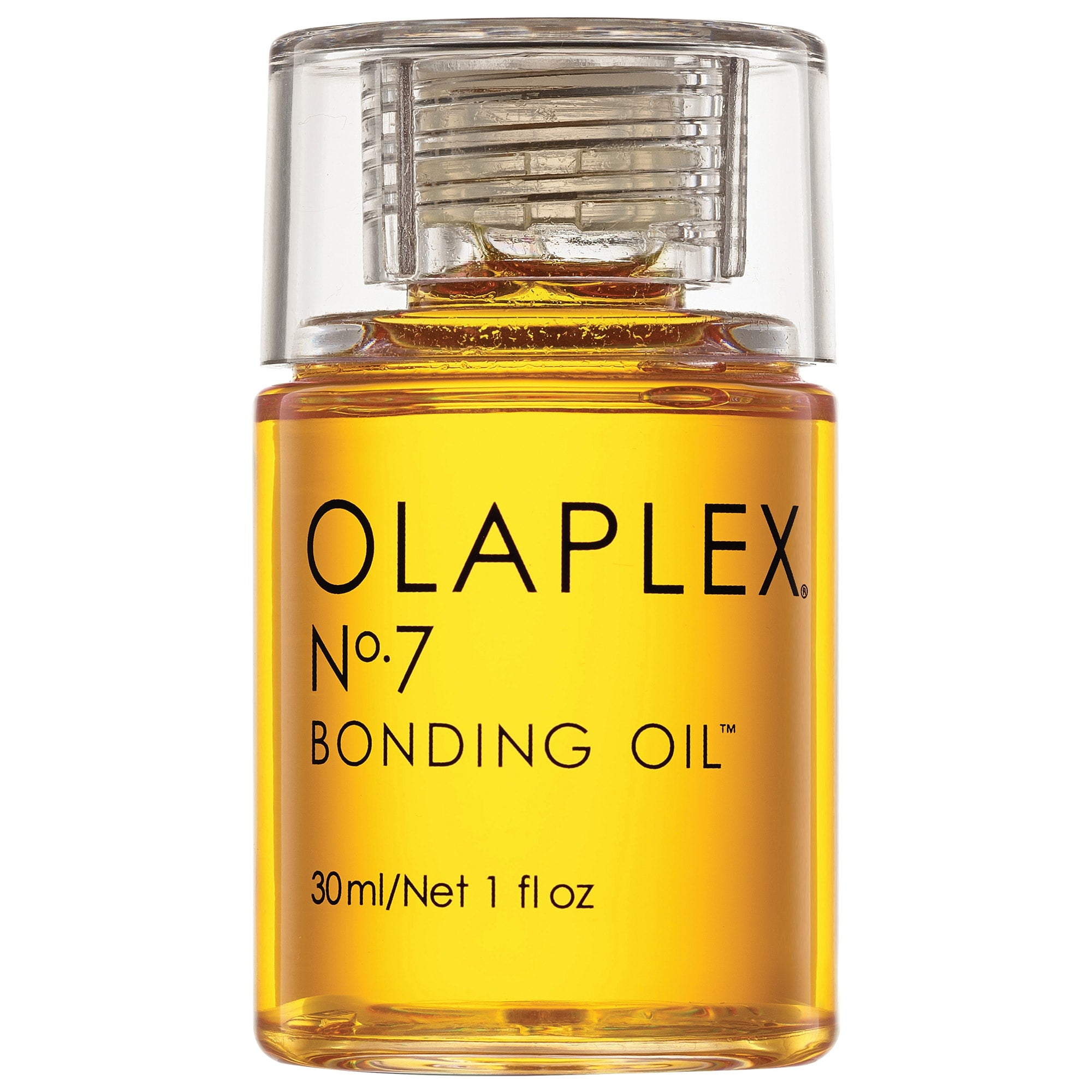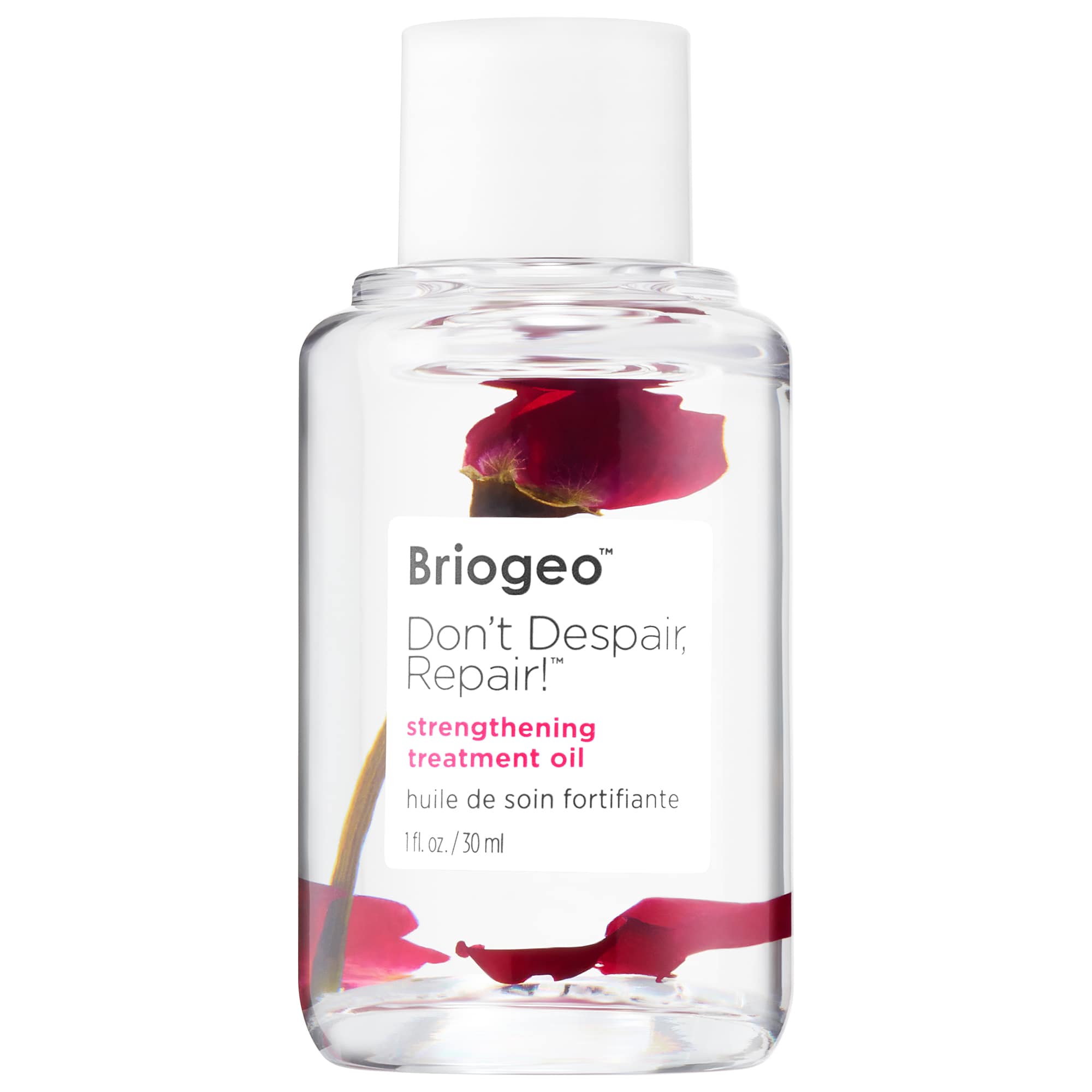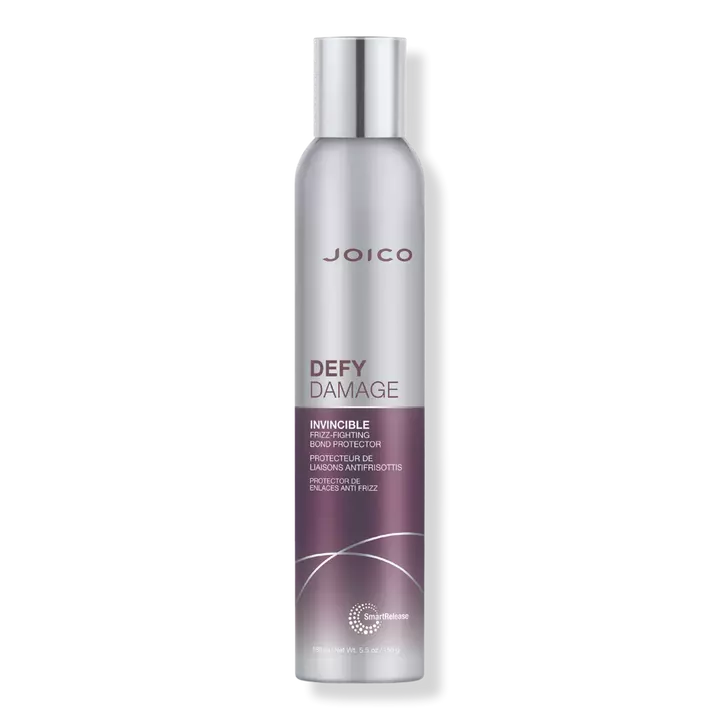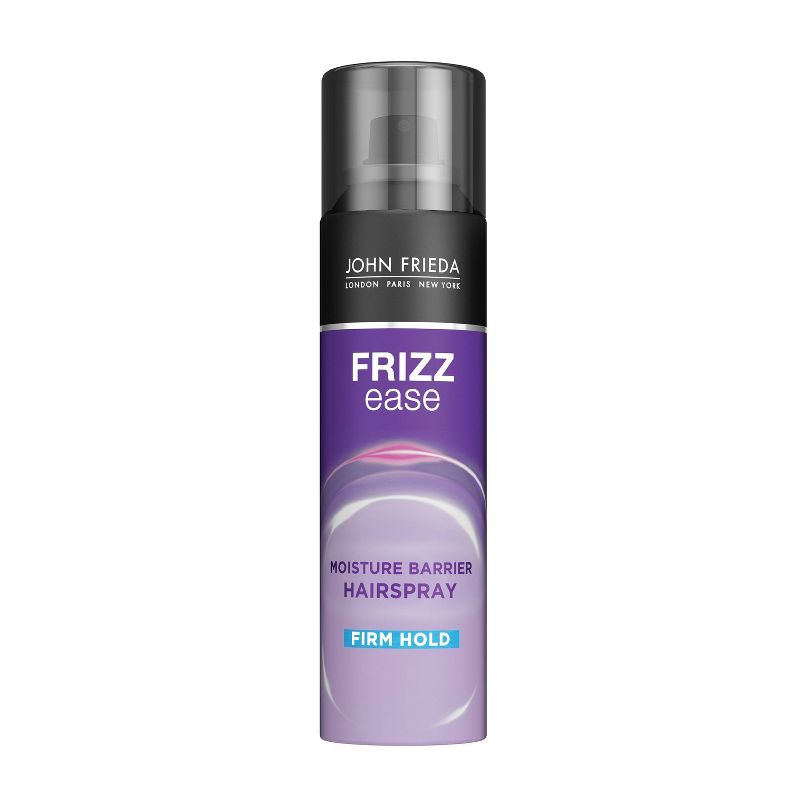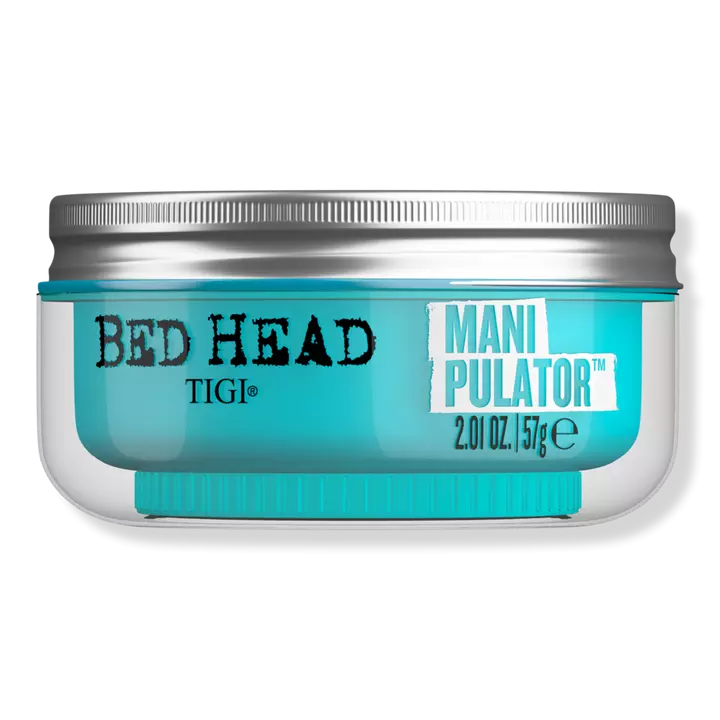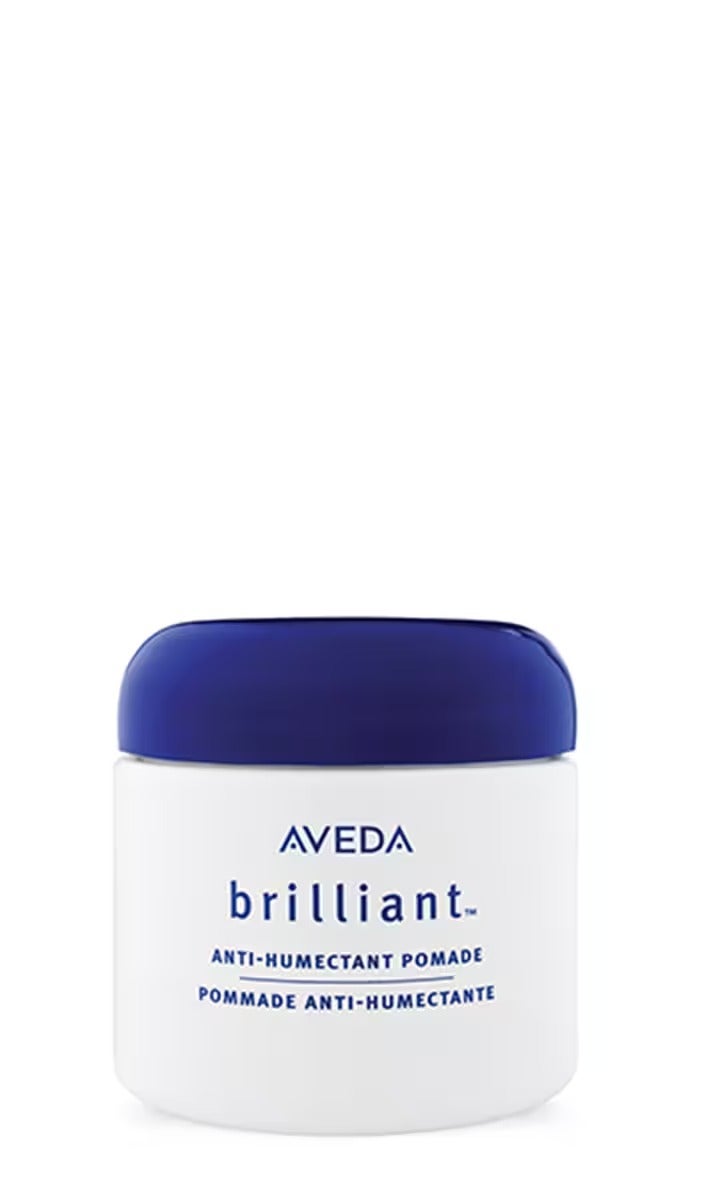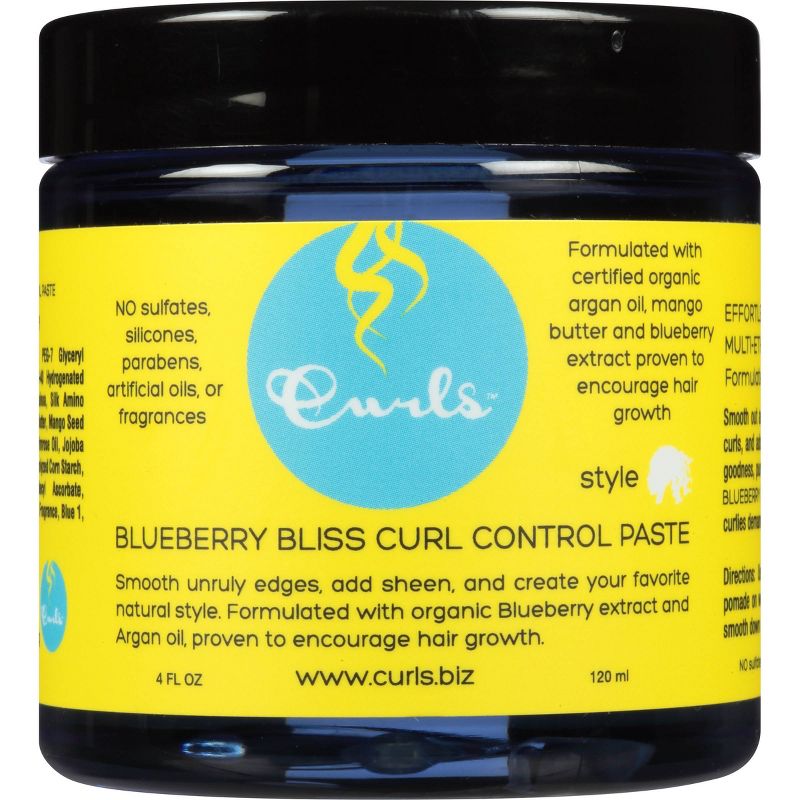Brushing your hair can be a relaxing and therapeutic experience. There’s a reason why The Brady Bunch's Marcia would famously count every pass over her scalp. But on close inspection, you might notice little hairs popping up left and right. Are they a sign of new growth or an indication of breakage? And what about flyaways?
We have the same question as you, so we asked some of the hair industry’s best experts how to tell the difference between all three.
What is the difference between breakage, new hair and flyaways?
To put it simply, breakage can be flyaways (fine strands of hair, which stick up) but flyaways are not always breakage. “Breakage is when the hair strands snap, tear or split and become ragged or shorter,” explains celebrity hairstylist and brand founder Andrew Fitzsimons.
AdvertisementADVERTISEMENT
Breakage is typically caused by mechanical damage, chemical damage and thermal damage. Mechanical damage includes aggressive brushing and combing, sleeping on wet hair (which tends to be more elastic and therefore prone to breakage) or sleeping on 'tough' fabrics that may create friction (such as cotton or linen). Chemical damage may result from over-dyeing or bleaching hair, and thermal damage is essentially heat damage, common when using tools such as flat irons or blow-dryers (especially without heat protection).
But here's the confusing part: “While flyaways can be caused as a result of breakage, they can also be new, healthy hair growth. They're different,” explains Fitzsimons. Shab Caspara, NYC trichologist and founder of hair health retail platform Leona says that recent shedding from stress or hormonal hair loss tends to cause a lot of flyaways, as the abundance of lost hair begins to grow back and stick out from existing longer hair strands.
How can you protect hair from breakage?
Be gentle with your hair! It's hard to reverse breakage, so the key is to catch it before it even begins. “The easiest way is to be sure you’re keeping your hair hydrated,” explains hairstylist Bradley Leake. “This can be as simple as adding a day or two in between washes or easing up on heat styling.”
shop 5 products
Using a thermal heat protectant spray before you style your hair with hot tools is a big one, and just because your flat iron can go up to 500 degrees, doesn’t necessarily mean you need to be using it at 500 degrees. According to L'Oréal, those with fine hair might want to keep in the 350–375 degree range. If you have thicker hair, 400–450 degrees is ample. All of ghd's stylers, for example, are pre-set to 365°F, which they say is a safe temperature for styling.
AdvertisementADVERTISEMENT
Amber Fillerup Clark, founder of dae, wants you to be careful with the non-heated tools you're using, too. “Be mindful of pulling your hair back into a hair tie and brush your hair with a soft bristle brush or a comb as soon as you leave the shower.” A wide-tooth comb like the Pattern Wide Tooth Comb, $15, is best to avoid snagging.
Using a hair mask once a week and letting it sit in your hair for a good while is also a great way to nourish and hydrate your strands. Keratin or protein-based hair masks certainly have their benefits, particularly for strengthening hair strands and imparting shine. Trichologists argue that it's difficult to overload your hair with protein, but anecdotal evidence suggests that over-using protein-packed hair products like masks can make hair feel brittle and dry in the long run, potentially leading to further breakage.
Instead, look out for the likes of hyaluronic acid, shea butter, jojoba oil and argan oil to name a few hydrating and moisturizing ingredients. Try Moroccanoil Intense Hydrating Mask, $42, Dae Monsoon Moisture Mask, $28, and Davines The Renaissance Circle, $11.
AdvertisementADVERTISEMENT
If you want to nourish your hair even further, Fitzsimons recommends leave-in products formulated with a bonding system, which basically re-attaches broken bonds in the hair often caused by mechanical, thermal or chemical damage. “Bonding systems create powerful hydrogen and ionic bonds inside the keratin hair structure to increase elasticity and flexibility,” Fitzsimons shares. “This will then reduce breakage.” Try The Inkey List PCA Bond Repair Hair Treatment, $13.99, EPRES Bond Repair Treatment, $48, or K18 Leave-In Molecular Repair Hair Mask, $75.
Fitzsimons also recommends rinsing your hair with cool water after shampoo and conditioner, and sleeping on a silk pillowcase, which is said to reduce friction thanks to the softness of the material.
Does coloring your hair cause breakage?
If you’re a hair color devotee, you could be more susceptible to breakage. Hair color specialist Rita Hazan of Rita Hazan Hair explains that once your hair is breaking, there isn't much you can do, except for give it a break from color and any heat for a few months. This will give it time to grow. Treatments will only help a little, but it pays to have a new plan of action for your color, says Hazan. Why? Because breakage means your hair can't handle what you are doing to it. Going forward, a hair gloss may be the tip you need for keeping your hair vibrant while not doing as much chemical damage as traditional hair color can, particularly bleach.
AdvertisementADVERTISEMENT
What can be done about flyaways?
Flyaways are more of a nuisance than an emergency. They too can be handled with good hair products and a light hand. Leake recommends an anti-frizz serum, which will lay flyaways down, protect against humidity and keep your hair looking shiny. Try Andrew Fitzsimons Virgin Repair Restructuring Serum, $14, or Paul Mitchell Super Skinny Serum, $26.50. If serums don't cut it on your lengths, heavier pomades and oils are also great ways to glue down flyaways. R29 loves JVN Complete Nourishing Hair Oil Shine Drops, $24, in particular.
shop 5 products
“A pro tip for any super stubborn flyaways around the face is to spray a clean toothbrush with hairspray, then brush the flyaways down with the toothbrush,” Leake encourages. “This way, you’re not overloading the hair with product but you’re treating the damaged areas.”
Can your hairbrush cause breakage?
The main reason most people will end up with lots of flyaways after styling their hair is due to unnatural force when drying or styling, Caspara says. She recommends using your fingers or a flat paddle brush to move or brush the hair in all directions when rough-drying with a blow-dryer. “Brushing the hair back and forth and across the scalp will dry the roots and prevent hair from sticking up. It’s what sets a professional blow-dry apart.”
AdvertisementADVERTISEMENT
Caspara also recommends keeping round brushes (or barrel brushes, typically used to blow-dry hair into waves or curls) away from the roots when drying each section to prevent short hairs from acting out.
shop 5 products
Caspara emphasizes using brushes and combs that are gentle on the hair, like Tangle Teezer The Ultimate Detangler Hair Brush, $14.99, or ghd Paddle Brush, $35.
Lastly, all routines should include a hydrating conditioner to make sure the hair isn’t dry (which risks more damage). R29 rates Pureology Hydrate Conditioner, $36, and Maui Moisture Heal & Hydrate + Shea Butter Conditioner, $9.80.
shop 5 products
Refinery29's selection is purely editorial and independently chosen – we only feature items we love! As part of our business model we do work with affiliates; if you directly purchase something from a link on this article, we may earn a small amount of commission.
AdvertisementADVERTISEMENT







